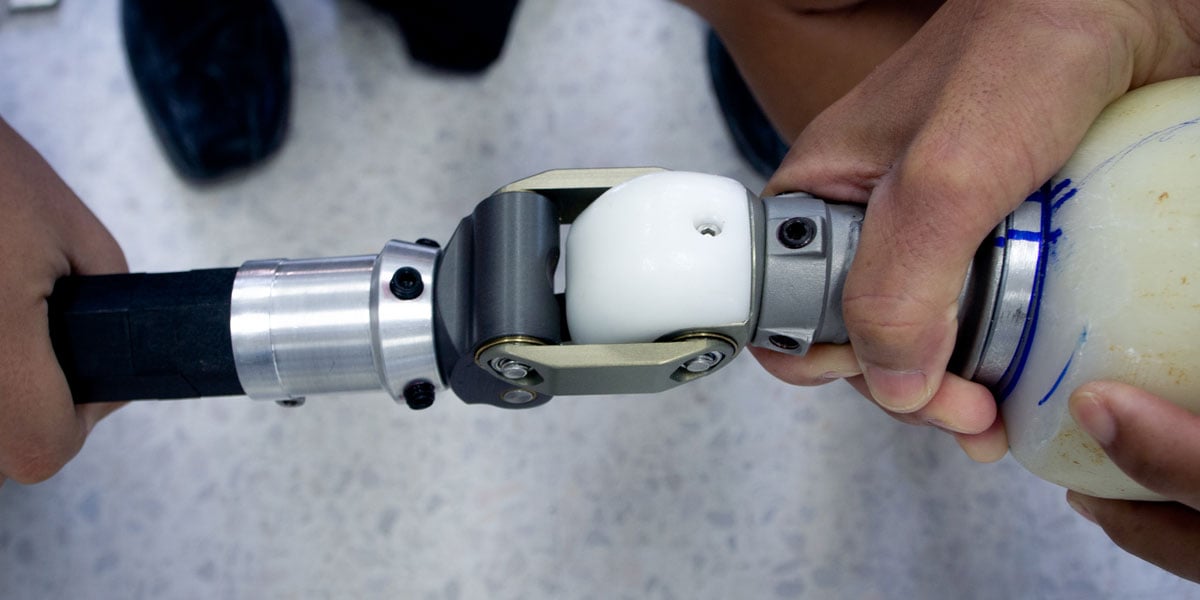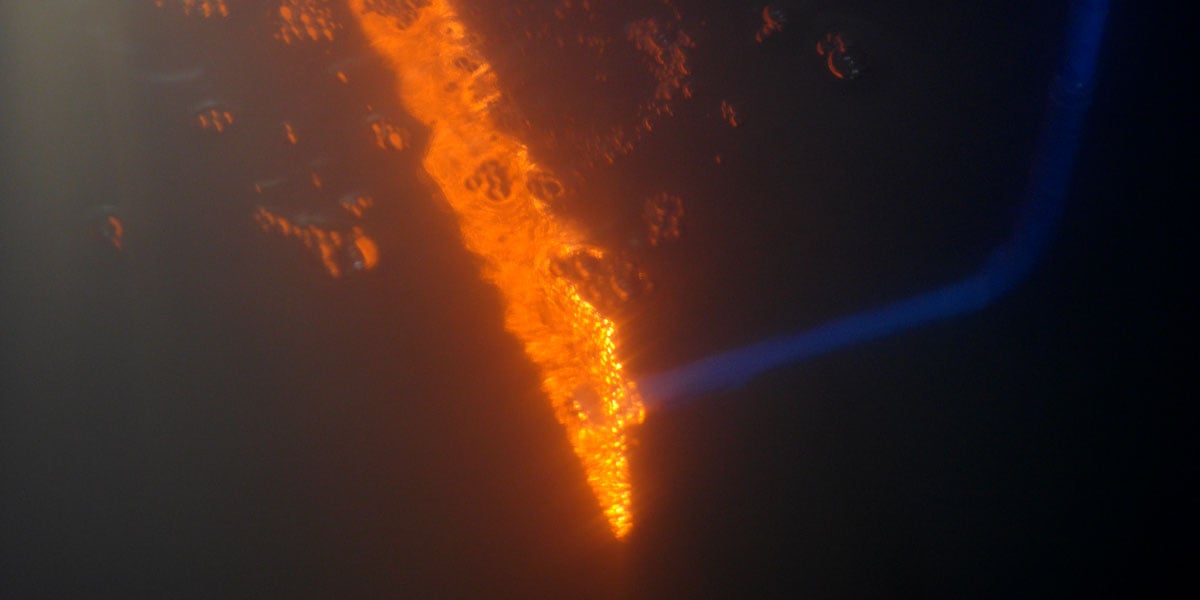Techniques for wear protection in medical prosthetics
19 December 2019Reducing wear in medical prosthetics is now a priority for medical device manufacturers.
The loss of a limb or bodily function can have life-changing consequences. On any given day, surgeons perform more than 300 amputations globally. Reports suggest that this figure is growing every year. Fortunately, innovative prosthetic solutions are restoring bodily functions. This, in turn, is allowing patients to live high-quality lives even after surgery.
There are more than 300 joints in the human body. Each of these are unique in their size, shape and type. For this reason, prosthetic equipment is diverse. However, each brings a unique set of materials challenges. Often these manifest in the form of wear and corrosion.
Prosthetics have the capability to change lives. Yet there are prosthetics that are not yet offering patients the longevity they could do. But now, new techniques that protect components from wear could change this.
The changing field of prosthetics
For the foreseeable future, demand will grow for prosthetics. An ageing population, traffic accidents and various diseases are all contributing factors. However, the most noteworthy trend is in the demographics. 45% of US amputations are now performed on patients aged under 50.
Prosthetic devices must therefore change. For one, they will need to last much longer. Otherwise patients will require invasive surgery to replace them. To elongate the service life of prosthetics, we need to address several modes of failure.
Enhancing titanium for prosthetics applications

Titanium has long stood as the metal of choice for a variety of medical applications. In prosthetics, inner-body devices and instruments, Titanium stands out among alternative solutions.
Titanium’s high strength-to-weight ratio and natural biocompatibility are stand-out features. But with the right surface treatment, titanium can become bioactive. This enables titanium to be used in applications like dental implants, which encourage cell proliferation and adhesion (a process called osseointegration).
The major drawback of titanium is its relatively poor wear performance. In prosthetics which involve metal-to-metal contact, as is required in joints, titanium requires a further solution, typically in the form of an advanced surface coating.
Modes of titanium wear in prosthetics
Since 1980, 15,000+ peer-reviewed articles have sought abrasion and adhesive wear solutions for prosthetics.
- Abrasive wear. In metal-to-metal sliding contact, titanium becomes damaged from abrasive wear.
- Adhesion wear. Under a sliding contact, the microscopic deformities of titanium can come into contact. Surfaces can even weld together if they interlock. This is where fracturing can occur, which transfers the material across surfaces.
- Fatigue wear. Cracks caused by repeated fatigue can encourage corrosion, too. The combination of wear and corrosion can cause the rate of material deterioration to accelerate.
To combat these modes of wear, surface coatings are required. Overall, they should provide a level of surface roughness, hardness and scratch resistance. Corrosion is another important concern, particularly from bodily fluid.
Surface coatings for medical prosthetics
There are a variety of surface coating technologies used in medical prosthetics. There are chemical and physical vapour deposition (CVD and PVD), thermal and plasma sprays, and conversion coatings like plasma electrolytic oxidation (PEO) available.
More manufacturers are exploring PEO due to its compatibility with subsequent coatings and environmental credentials. However, it is the wear performance of PEO coatings that offer the most marked improvement over other surface treatments.
Plasma electrolytic oxidation (PEO) for medical prosthetics

Plasma electrolytic oxidation (PEO) is a technique that forms ultra-hard ceramic layers on titanium and its alloys. One of the most beneficial aspects of the process is that it can be transformed, using any number of the available processing parameters.
- Roughness. Plasma electrolytic oxidation produces rough ceramic coatings, but can be polished and/or polymer sealed for a smoother, non-stick finish.
- Hardness. Plasma electrolytic oxidation can incorporate phase corundum, which drastically increases the hardness of a coating. Coatings featuring corundum can be 3-4x harder than steel.
- Scratch resistance. PEO has a high adhesion strength, which lends itself well to scratch resistance.
PEO coatings lend themselves well to duplex coating solutions, as their irregular porous structure acts as a ‘key’ for subsequent sealers. This creates a coating with superior corrosion resistance, enabling the coating to incorporate multiple qualities.
As a bath-based process, the electrolyte can be transformed to incorporate calcium and phosphate. Then, the resulting layer may contain hydroxyapatite – which makes PEO appropriate for osseointegrated applications.
Features of PEO
- Biocompatible
- Fine-scale interconnected porosity
- Surface roughness
- Tailoring the microstructure possible
- Control of surface chemistry via processing conditions
- Composition of the electrolyte can radically change the characteristics
- Corrosion resistance available in duplex coating configurations
Research agenda
Researchers at Keronite are working closely with the medical industry to improve prosthetic service life. Keronite are the world leaders in plasma electrolytic oxidation (PEO) technology. PEO is an advanced surface coating that uniquely improves the performance of light alloys.
PEO is used in dental implants, as the technique encourages faster and stronger cell adherence during osseointegration. The coating is also in use in large prosthetic devices. However, the highly controllable methodology offers manufacturers of smaller prosthetics to control coatings at micron-level.
For more information, get in touch with Keronite’s technical team for more insight into how PEO enhances titanium alloys in prosthetic applications.

 Keronite is now part of the CWST engineered coatings business.
Keronite is now part of the CWST engineered coatings business.